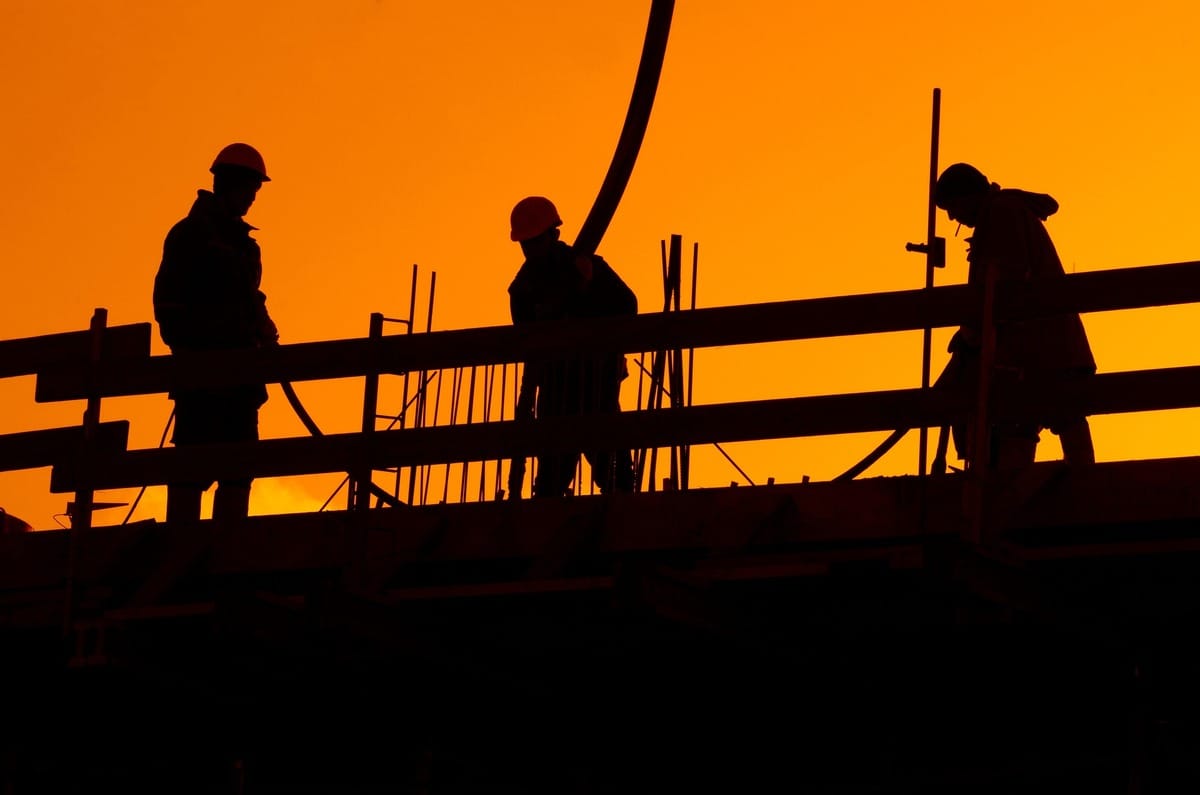- Full Brim Safety
- Posts
- Puncture Resistance and Abrasion Ratings
Puncture Resistance and Abrasion Ratings
Full Brim Safety: Build Smart, Build Safe

Puncture Resistance and Abrasion Ratings
Welcome back, let's Build Smart & Build Safe! Yesterday, we decoded the crucial ANSI/ISEA Cut Resistance rating. Today, we focus on two other vital protection metrics: Puncture Resistance and Abrasion Resistance.
A glove with a high cut rating (A5) may offer terrible protection against a thin nail or heavy scraping, highlighting why you must look at all the ratings before selecting your PPE.
Puncture Resistance: Protecting Against Sharp Points
Puncture Resistance measures how well a glove resists force from a sharp, thin object like a nail, wire, or syringe. A high cut resistance glove often achieves its rating through woven fibers, which can sometimes be pushed aside by a thin point.
The ANSI/ISEA 105 standard defines three main levels of puncture resistance: Level 1 (least resistant) up to Level 3 (most resistant, used for needles or hypodermics).
The Hazard: If your task involves handling large amounts of scrap wood, demolition debris, or bundled rebar, you need a glove with a sufficient puncture rating to prevent injuries from unseen points or splinters.
Abrasion Resistance: Protecting Against Wear and Tear
Abrasion Resistance measures the glove's durability—how many cycles of rubbing or scraping the material can withstand before a hole forms. This rating directly affects the longevity and cost-effectiveness of the glove.
The ANSI/ISEA 105 standard uses a four-level scale, Level 1 through Level 4.
Level 4 is highly durable and is usually found in thicker leather or heavy-duty coated gloves.
The Trade-Off: Gloves designed for extremely high dexterity and high-level cut resistance (e.g., A5) often use thinner materials and may only have a Level 1 or 2 abrasion rating, meaning they wear out much faster when handling rough materials like concrete or block.
Always check the label to ensure the glove's resistance aligns with the primary hazard of your task. A high cut rating doesn't protect you from every danger.
Tomorrow, we will cover specialized gloves for chemical, cold, and vibration protection.
Please share us with your friends for a daily dose of construction safety tips!
-The Safety Man
